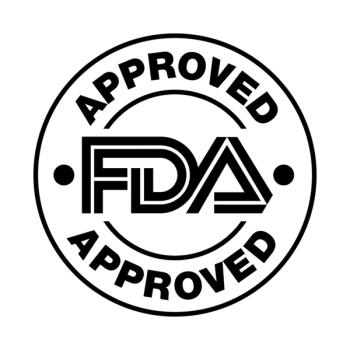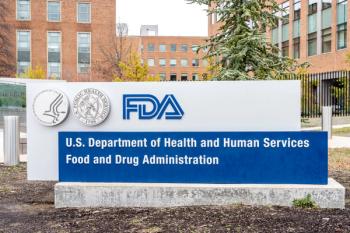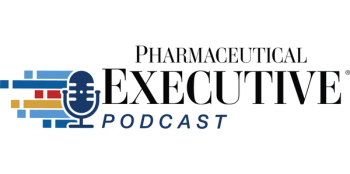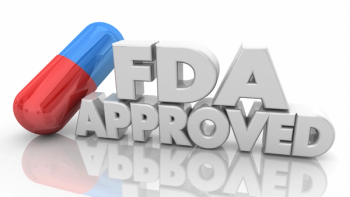
How Did Things Get This Bad? Look in the Mirror, US Pharma
As US pharma continues to ponder its “winter of discontent”, the question that leaders of industry have to be asking themselves is, “How did things get this bad?” Tom Norton reports.
As the US pharmaceutical industry continues to ponder its “winter of discontent”, there has to be a lot of head-shaking going on in the C-suites of many U.S. pharmaceutical companies. Essentially, the question that leaders of industry have to be asking themselves is, “How did things get this bad?”
Perhaps, U.S. Pharma, a long look in the mirror will help answer this question…
To begin, how did we get here?…Frankly, I think all of this started on December 6th, 2013 following the
In response,
“If you look at the catalog price, which is like the sticker price on the car, no one actually pays that. The more realistic, actual cost, the price people are paying – it’s in the cost-effective zone.” Dr. Benjamin Linas, Boston Medical Center
Needless to say, as the public watched Gilead rack up record Sovaldi
Unhappily, in the midst of this continual outcry over pricing, the industry has been forced to endure the emergence of “spokespersons” like “pharma bro” – aka Martin Shkreli, former CEO of Turing Pharmaceuticals, who most recently was forced to testify before Congress. Why was he called to Washington, D.C.? To answer the questions of the House Oversight and Government Reform Committee as to why an ancient prescription med,
I would guess most Rx executives around the country anticipated that Shkreli’s performance during the hearing would not be a good moment for the industry. However, it’s fair to state that Shkreli
“Hard to accept that these imbeciles represent the people in our government.”
In a related amazing moment, PhRMA, the industry association,
“
Amazing…because PhRMA regularly “circles the wagons” in support of Rx members, or even non-member Rx firms, when they get into scrapes on the Hill. However, in this memorable moment, Turing’s pricing actions were apparently viewed as so egregious that PhRMA literally walked away from an Rx “brother”, and never looked back.
So, through more than two years of recurring, difficult episodes like these, all aimed squarely at the industry’s pricing policies, where does the business stand today?
Unfortunately, just about any thinking pharmaceutical executive will concede that this concern over the “high price of drugs” is now completely “baked” into the broader national dialogue. It is so ingrained in the American psych that we now have national campaigns for President of the United States regularly bashing the American Rx business on a daily basis.
Democrats Bernie Sanders and Hillary Clinton regularly lead off their respective rallies disparaging “the incredibly high price of drugs in America” and substantiate their hot, anti-industry
The industry also has come to realize that the current leader in the Republican primaries, Donald Trump, has “pricing issues” with the business, too. Trump has repeatedly called for Medicare Part D drugs to be purchased through a
All of this said, clearly some of the most uncomfortable moments for the business came in January and February of this year when two reports on U.S. industry pricing practices were released.
The first, by
The second report, definitely the more damning of the two, was undertaken by
“Shkreli Was Right: Everyone's Hiking Drug Prices”
Among many other pricing statistics, the DRX report included the following information on specific Rx drug price increases that occurred between December 2014 and January 2016:
Novacort - Approximate 3000% increase
Alcortin A - Approximate 1,800% increase
Aloquin - Approximate 1,750% increase
Overall, Bloomberg stated the DRX study found that, “US Rx prices more than doubled for 60 (products) and at least quadrupled for 20 (more products) since December 2014.”
Considering both of these reports, I’d guess we would have to concede that perhaps Shkreli, in his earlier statements, had a point-the US drug industry has been substantially raising its prices with great regularity.
So, as the General Election in November approaches, and the U.S. public continues to press for reductions in the “outrageous pricing” of American Rx drugs, is it time for U.S. pharma to consider a new course of action to curtail the current public throttling it is receiving and move the industry into a better public policy position?
Rhetorically, the industry’s primary defense currently consists of these two premises:
- American Rx’s
aren’t really that expensive when you factor in volume discounts, managed care pricing, etc.
- The U.S. drug business needs to raise prices to discover
new and needed medicines , a PhRMA message that has been an ongoing since at least 1991.
Granted, both of these are reasonable sound bites, and basically supported by facts. However, the clear problem for the business is that the public, the media, and especially the leading national political campaigns are not interested in hearing these bromides any more. They simply reject these as credible rationales for the way that U.S. pharmaceuticals are priced.
So, back to the frank “look in the mirror” idea for the Rx industry…
Is it possible that US pharma, in an honest, introspective moment, might decide that, indeed, it is the root of its pricing problem? And with that in mind, could the business perhaps consider reprising a strategy that worked pretty well in the past when it responded to similar pricing challenges? In that earlier iteration, it was described as “maintaining drug price increases at CPI”.
Ridiculous you say?
Not really. About a quarter century ago, during another moment when the industry was experiencing an all-out pricing assault, it actually fell back to this CPI increase position. A New York Times article
“Under attack by Congress and the President and his wife, Hillary, 17 large drug makers have promised to keep their price increases, on average, in line with the consumer price index.”
The CPI policy actually
So, is this an idea the U.S. drug business should seriously consider again in 2016? Conceptually, yes, but I am sure, as there were in 1993, numerous
As a foreshadowing of what may occur, think for a minute about what happened last fall-by simply tweeting out her concern over the pricing of U.S. pharmaceuticals, Hillary Clinton unleashed a
So, unless U.S. pharma takes full stock of itself, now, and voluntarily deals directly with the “drug pricing” issue by adopting some fresh thinking that drastically modifies the direction of this Rx pricing conversation, 2016 could easily end up being the beginning of several very difficult years for the U.S. drug industry.
Look in the mirror, U.S. pharma. It’s time.
Tom Norton,
Newsletter
Lead with insight with the Pharmaceutical Executive newsletter, featuring strategic analysis, leadership trends, and market intelligence for biopharma decision-makers.





